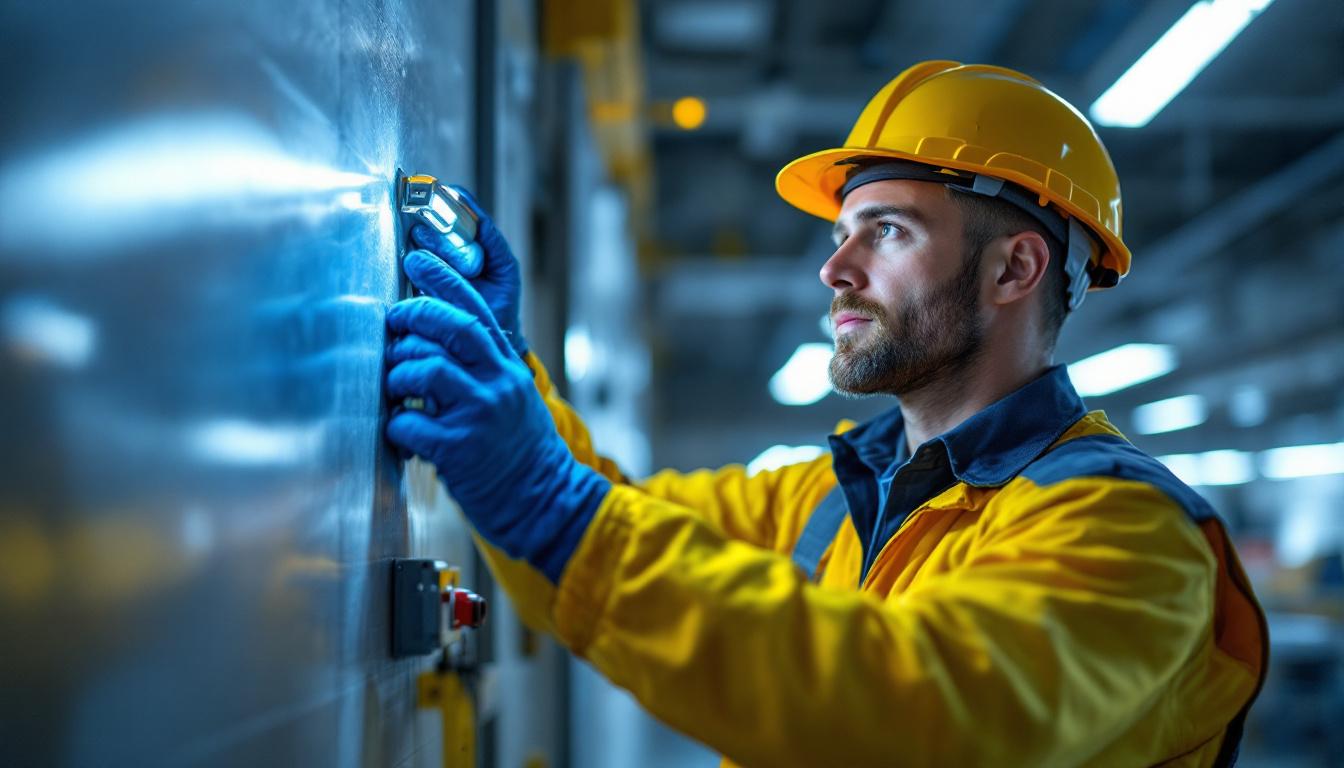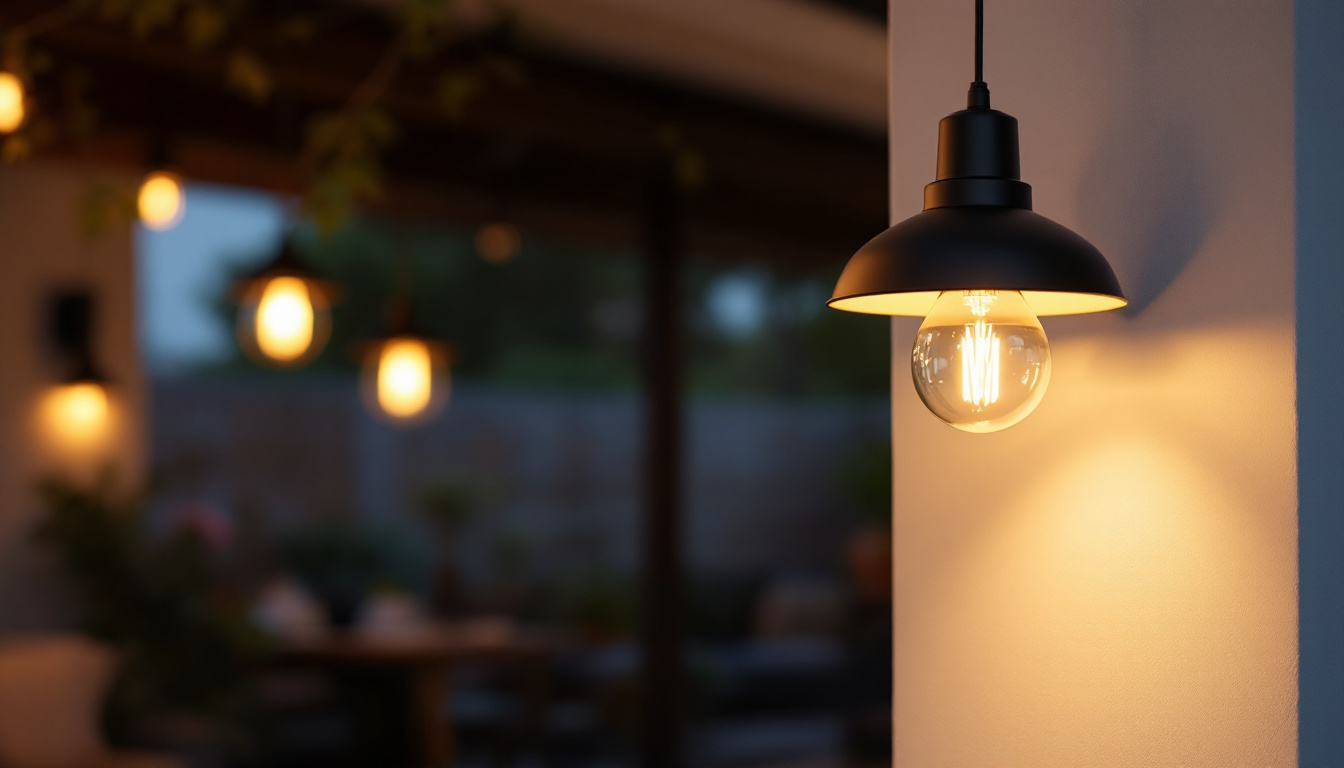
In the realm of lighting installation and maintenance, emergency lighting holds a critical role. For lighting contractors, mastering this area not only enhances safety but also expands service offerings. Understanding the nuances of emergency lighting systems is essential for compliance with regulations and ensuring the well-being of occupants in any facility. This article delves into the top resources that lighting contractors can utilize to master emergency lighting systems effectively.
Emergency lighting systems are designed to provide illumination during power outages or emergencies. These systems are crucial for guiding occupants safely out of buildings and ensuring visibility in critical areas. Familiarity with the components and functioning of these systems is the first step in mastering emergency lighting.
There are several types of emergency lighting systems, each serving specific purposes. The most common include:
Understanding these types is crucial for contractors to recommend the best solutions for their clients’ needs. Additionally, advancements in LED technology have led to more energy-efficient and longer-lasting emergency lighting options. LED emergency lights not only consume less power but also provide brighter illumination, enhancing visibility in critical situations. This shift towards energy-efficient lighting solutions is not only beneficial for safety but also for reducing the overall energy footprint of a building.
Compliance with local and national regulations is paramount when installing emergency lighting systems. Standards such as the National Fire Protection Association (NFPA) codes and the International Building Code (IBC) outline the requirements for emergency lighting. Familiarizing oneself with these regulations ensures that installations are not only safe but also legally compliant.
Contractors should regularly review updates to these codes, as they can change based on new safety research and technological advancements. Staying informed helps avoid potential legal issues and enhances the contractor’s reputation. Furthermore, understanding the nuances of these regulations can also aid in the design of more effective emergency lighting layouts, ensuring that all areas of a building are adequately illuminated during an emergency. This proactive approach not only protects lives but also minimizes potential liability for building owners and contractors alike.
To master emergency lighting, lighting contractors can leverage various resources. These include industry publications, online courses, and professional organizations that provide valuable insights and training.
Reading industry publications is an excellent way for contractors to stay updated on trends and best practices in emergency lighting. Magazines and journals often feature case studies, product reviews, and expert opinions that can inform decision-making.
Some notable publications include:
In addition to these, contractors may also find value in specialized newsletters that focus on niche areas within the lighting industry. Subscribing to these newsletters can provide timely updates on new products, regulatory changes, and innovative techniques that can enhance the effectiveness of emergency lighting systems. Furthermore, many publications also host forums and discussion boards where professionals can exchange ideas and seek advice from peers, fostering a collaborative environment for learning and growth.
Many organizations offer online courses and webinars focused on emergency lighting. These educational resources can help contractors understand the technical aspects of emergency lighting systems and installation practices.
Platforms such as the Illuminating Engineering Society (IES) and the National Lighting Bureau (NLB) provide valuable training sessions that cover everything from basic principles to advanced installation techniques. Participating in these courses can enhance a contractor’s skill set and improve service offerings.
Additionally, many of these online courses are designed to be flexible, allowing contractors to learn at their own pace. This is particularly beneficial for busy professionals who may find it challenging to attend in-person classes. Some courses even offer certifications upon completion, which can further enhance a contractor’s credentials and marketability in a competitive industry. Furthermore, webinars often feature guest speakers who are leaders in the field, providing unique insights and practical advice that can be directly applied to real-world situations.
Joining professional organizations is another effective way for lighting contractors to access resources and networking opportunities. Organizations like the IES and the National Fire Protection Association (NFPA) offer members access to exclusive materials, training, and industry events.
Membership in such organizations can also provide contractors with credibility, as it demonstrates a commitment to professional development and adherence to industry standards.
Moreover, these organizations frequently host conferences and trade shows, which serve as excellent platforms for networking with other professionals, suppliers, and potential clients. Attending these events allows contractors to showcase their work, learn about the latest industry innovations, and even participate in workshops that focus on hands-on skills. Additionally, many professional organizations maintain online directories that can help contractors connect with other members for collaboration or mentorship opportunities, further enriching their professional journey.
Mastering emergency lighting involves not only understanding the systems but also implementing best practices during installation. Proper installation ensures that emergency lighting functions effectively when needed most.
Before installation, a comprehensive site assessment is essential. This involves evaluating the layout of the building, identifying potential hazards, and determining the best locations for emergency lighting fixtures.
Contractors should consider factors such as the size of the space, the number of occupants, and the types of activities conducted within the building. This information will guide decisions on the type and number of fixtures required to meet safety standards. Additionally, it is crucial to take into account any architectural features that may obstruct light paths, such as columns or overhangs, which could create shadows in critical areas. Engaging with building management and stakeholders during this assessment can also provide valuable insights into specific needs or concerns that may not be immediately apparent.
Correct placement and spacing of emergency lighting fixtures are crucial for their effectiveness. According to NFPA guidelines, emergency lights should be placed to provide adequate illumination along exit routes and in areas where people may congregate during an emergency.
Contractors should also ensure that fixtures are installed at appropriate heights and angles to maximize visibility. Regularly reviewing these placements during inspections can help maintain compliance and safety. Moreover, it is advisable to consider the use of photoluminescent markings in conjunction with emergency lighting, as these can enhance visibility in low-light conditions and guide occupants toward exits. The strategic combination of lighting and signage can significantly improve evacuation efficiency and safety during emergencies.
Once installed, emergency lighting systems require regular maintenance and testing to ensure they function correctly. Contractors should establish a maintenance schedule that includes routine inspections, battery checks, and functionality tests.
Documenting these maintenance activities not only helps in compliance with regulations but also builds trust with clients, showcasing a commitment to safety and quality service. Furthermore, it is beneficial to incorporate advanced monitoring systems that can provide real-time feedback on the status of emergency lighting. These systems can alert facility managers to any malfunctions or battery failures, allowing for prompt remediation. By staying proactive in maintenance and leveraging technology, contractors can ensure that emergency lighting systems remain reliable and effective, ultimately safeguarding the well-being of all building occupants.
The field of emergency lighting is continually evolving, with new technologies emerging to enhance safety and efficiency. Staying abreast of these innovations can provide contractors with a competitive edge.
LED emergency lighting is becoming increasingly popular due to its energy efficiency and longevity. Unlike traditional incandescent bulbs, LED lights consume less power and have a longer lifespan, reducing the need for frequent replacements.
Additionally, LED fixtures can often provide brighter illumination, which is essential during emergencies. Contractors should consider recommending LED solutions to clients looking for sustainable and cost-effective emergency lighting options.
Smart technology is making its way into emergency lighting systems, allowing for enhanced control and monitoring. These systems can integrate with building management systems to provide real-time data on lighting performance and battery status.
Contractors who understand smart technology can offer clients advanced solutions that improve safety and operational efficiency. This knowledge can also open doors to new business opportunities in smart building installations.
Learning from real-world applications can provide valuable insights into the effectiveness of emergency lighting systems. Case studies often highlight challenges faced during installation and the solutions implemented to overcome them.
Several organizations have successfully implemented emergency lighting systems that serve as excellent examples for contractors. These case studies often detail the planning process, installation challenges, and the final outcomes.
For instance, a large commercial building may have faced issues with inadequate lighting during power outages. By conducting a thorough site assessment and implementing a robust emergency lighting system, the contractor was able to significantly enhance safety and compliance.
Each case study typically concludes with lessons learned, which can be invaluable for contractors. Understanding what worked well and what could have been improved can guide future projects and help avoid common pitfalls.
Contractors are encouraged to document their own projects and share their experiences with peers, fostering a culture of continuous learning within the industry.
Mastering emergency lighting is essential for lighting contractors looking to enhance their service offerings and ensure client safety. By utilizing the resources available, understanding best practices, and staying informed about emerging technologies, contractors can position themselves as experts in this critical area.
As the industry continues to evolve, embracing continuous education and adaptation will be key to success. With a commitment to safety and quality, lighting contractors can play a vital role in protecting lives and property through effective emergency lighting solutions.
Ready to elevate your emergency lighting solutions? At LumenWholesale, we provide lighting contractors like you with the highest quality, spec-grade emergency lighting products at unbeatable wholesale prices. Our comprehensive selection is designed to meet the most rigorous industry standards, ensuring you have access to reliable and high-performance lighting for every emergency scenario. Plus, with the convenience of free shipping on bulk orders, you can stock up on premium lighting without the worry of hidden fees or compromises. Don’t miss out on the ideal combination of quality, affordability, and convenience. Visit us now and discover the value of Wholesale Lighting at the Best Value.

Discover how exterior pendant lights can be a game-changer for lighting contractors looking to win more bids.

Discover the pitfalls to avoid in modern landscape lighting with insights into common mistakes made by contractors.
Discover the essential facts about outdoor LED wall lights that every lighting contractor needs to know.

Explore the timeless appeal of vintage gas station lights and discover how lighting contractors can leverage this nostalgic trend to enhance their projects and boost business success..